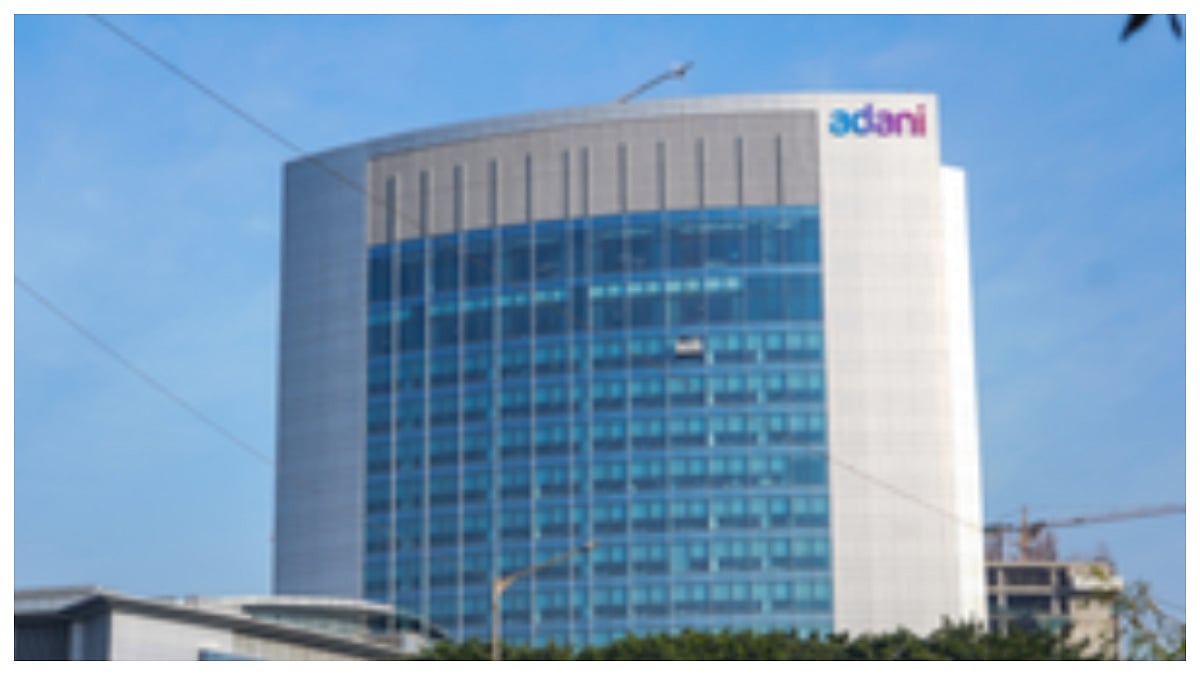Understanding of Terra Blockchain, pegging mechanisms, its downfall, and next steps.
Do Kwon South Korean cryptocurrency developer who co-founded and is CEO of Singapore-based Terraform Labs, says: 95 percent of the total cryptocurrency market is going to die. It’s also very entertaining to watch those projects die.
What is Terra?
Terra is a Cosmos-SDK based blockchain that utilizes Tendermint Core and was founded by Do Kwon, who also helped create ICON (ICX), one of the largest cryptocurrency projects in South Korea. The Terra team launched their mainnet in March 2019.
Terra aimed to provide a decentralized payments network for cross-border commerce. The Terra Protocol uses a native token, Terra Luna, to collateralize a stable coin called TerraUSD. TerraUSD is pegged to a basket of fiat currencies and backed by Terra Luna.
What is Luna & TerraUSD?
Luna and TerraUSD (UST) are both native tokens of the Terra Blockchain built on Cosmos SDK.
UST is pegged to the US dollar, which means one UST is supposed to always be worth around the same price as one dollar. Luna plays a vital role in keeping this balance.
Stable coins usually depend on reserves to maintain their peg. This means they (theoretically) have their assets locked in an escrow account which values or devalues their asset based on the currency fluctuation. Simply put, for each stable USD for example, there will be an actual USD kept in escrow. (This happens only in theory).
However, UST is an algorithmically stabilized coin that uses a smart contract-based algorithm to keep the price of UST anchored to $1 by burning Luna tokens in order to mint new UST tokens.
Terra Blockchain validators vote to mint new TerraUSD when the community believes that the price of TerraUSD has risen above its peg, and they vote to destroy TerraUSD when they believe that the prices have fallen too low.
Why did Luna & UST Crash?
The attack of whales on Terra
Between May 7 & 8, Luna/UST pair dropped 20%, its lowest in 3 months after a whale dumped $285M worth of UST. As a result of this, the UST lost value to the dollar peg and fell as low as $0.98 cents. This marked the beginning of Terra’s downfall.
There were also rumors that Blackrock & Citadel securities were involved in the crash of Luna & UST. However, both the companies clearly denied the allegations stating — “we do not trade in UST.”
Sudden panic in the ecosystem
The minting and burning of tokens algorithmically were not designed to withstand a huge surge of trade. Too many people were trying to withdraw and sell UST, putting pressure on LUNA’s price and increasing its supply. That in turn caused panic and more sell-offs leading to a death spiral and LUNA going to zero.
Will Terra ever recover?
The coin has the potential to recover, but at the moment things are very uncertain. Do Kwon, founder of Terra, tweeted on Tuesday: “Close to announcing a recovery plan for $UST. Hang tight.”
He added on Wednesday: “I understand the last 72 hours have been extremely tough on all of you — know that I am resolved to work with every one of you to weather this crisis, and we will build our way out of this.
“The Terra ecosystem is one of the most vibrant in the crypto industry, with hundreds of passionate teams building category-defining applications within… Terra’s return to form will be a sight to behold.”
What’s next for Terra?
There was a proposal on agora which was endorsed by Do Kwon.
Take a snapshot of all aUST and UST holders on the Terra blockchain at the time the de-peg happened
This will stop people from splitting funds into separate wallets after seeing this proposal. However, only initial deposits made into Anchor will be eligible for the refund, not yield. This will free up a decent percentage of capital which can be redistributed to more people. Priority should be given to give people back the money they actually put in, and refunding Anchor profits would cut into that. Put simply, if you put 20,000 UST into Anchor last year and now have 24,000 UST, your refund amount would be capped at 20,000 UST.
Calculate the amount of money needed to pay out the bottom 75% of users in full
It shouldn’t be more than $1B or $1.5B given that the top 100 Anchor addresses have over 92% of the funds. All forms of UST on Terra would count in the first refund batch, including UST staked in LPs and pools like Osmosis. Based on feedback from a lot of users that had their funds staked in these services, the refunds will not be limited to just Anchor and vanilla UST — it will include all UST balances on Terra across all services (as long as they can be tracked on the blockchain).
These addresses can then be added to a redemption whitelist
On the whitelist page, addresses that are on the list should be allowed to swap their amount of a UST or UST directly for either USDC or USDT at a 1:1 ratio, limited to the amount they had during the snapshot. Instead of paying out just small wallets, all wallets will be paid including whale wallets, up to a set cap per address. This solution seems to be a good balance between including whales and having more money to make smaller players whole. It will cut into the per-wallet amount by quite a bit, but it is a more equitable solution and mirrors real-world refund setups like FDIC insurance and bankruptcy proceedings. For example, with a hypothetical per-wallet cap of $50,000, someone with $5,000 in Anchor would receive the full $5,000 as a refund, and someone with $800,000 would be limited to a $50,000 refund. This should still be able to clear out debts for most Anchor users depending on how much money LFG has left.
Don’t give up, just yet
I have read many stories of how people are suicidal after the Luna and UST crash and one person actually committed suicide. (This has not been confirmed by any reliable source.)
I cannot pretend to understand your loss, but I do empathize with you. Don’t give up just yet. Even if you lost everything in this crash, you still have the most precious thing in the world — your intellect. Soon there will be a day when you will be richer than what you lost. This is the time — put your head down and focus on rebuilding!
Conclusion
Do Kwon once thought that Terra was invincible. Clearly, he was wrong. Being a Blockchain veteran for 5+ years I can tell you — to keep focusing on building the technology. Earning is an aftermath that will eventually happen.
Terra witnessed over a million transactions in a day, which neither broke Terra’s Blockchain nor did it break any other Cosmos SDK-based Blockchain. This proves how resilient the entire ecosystem is.
Even though the entire Cosmos ecosystem can connect and share features via IBC, each Blockchain is still sovereign and independent.
I empathize with the Terra community and hope the spirit of community and ecosystem doesn’t die.
(Aliasgar Merchant is Developer Relations Engineer at Ignite-a Blockchain Development company with Flagship products like Ignite CLI and Emeris)





